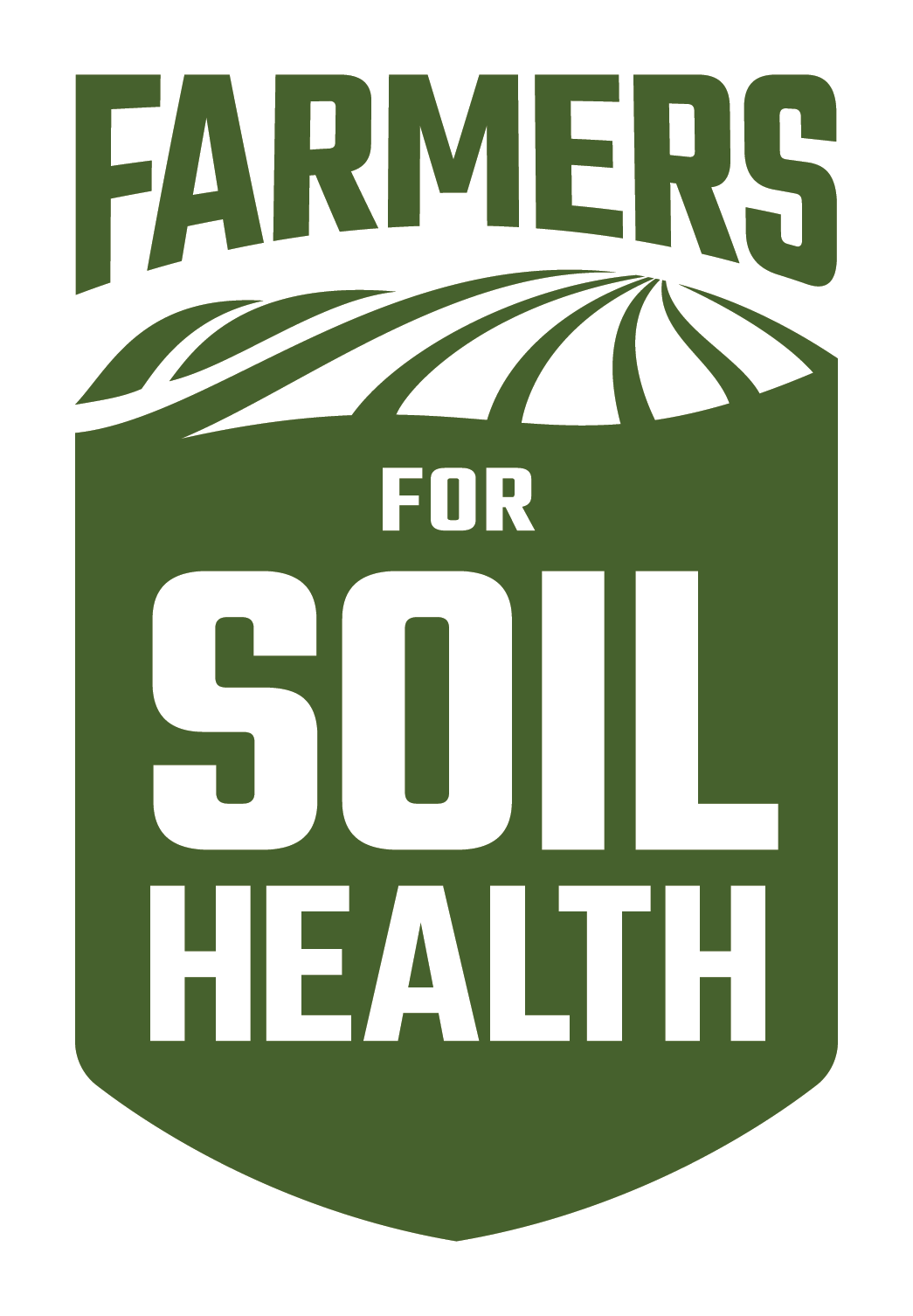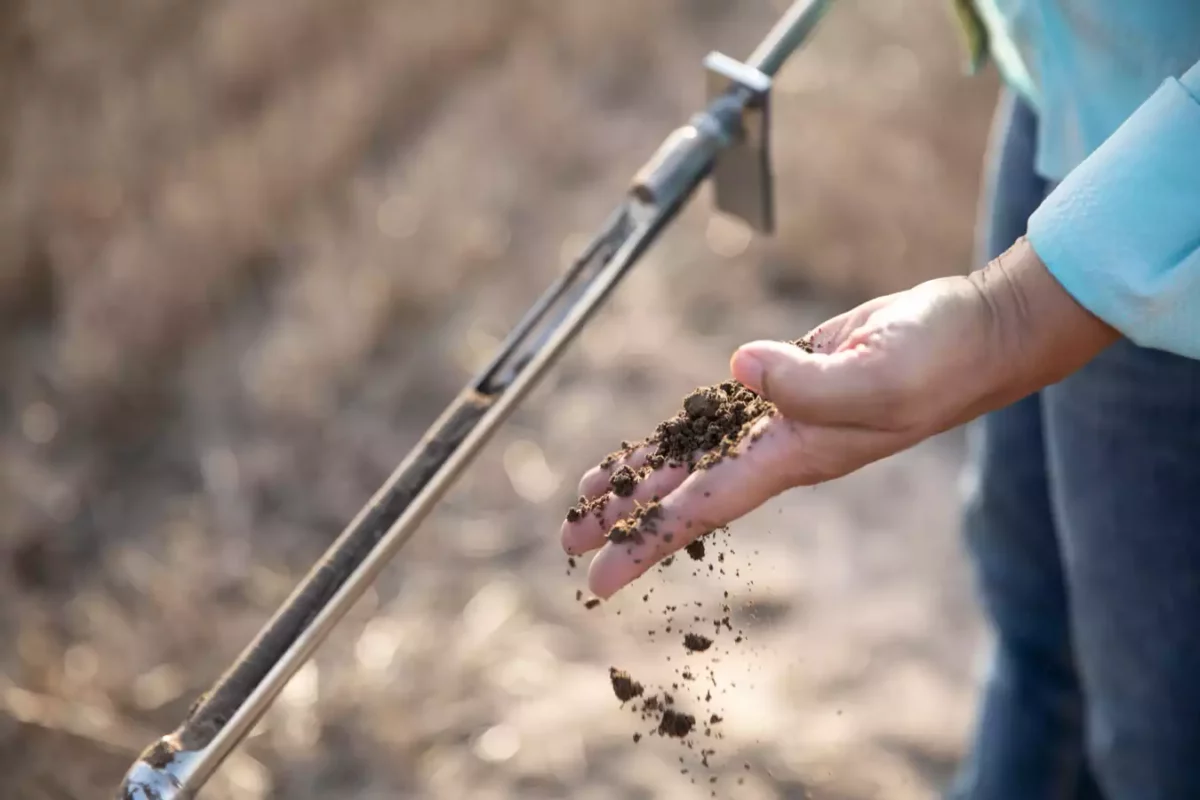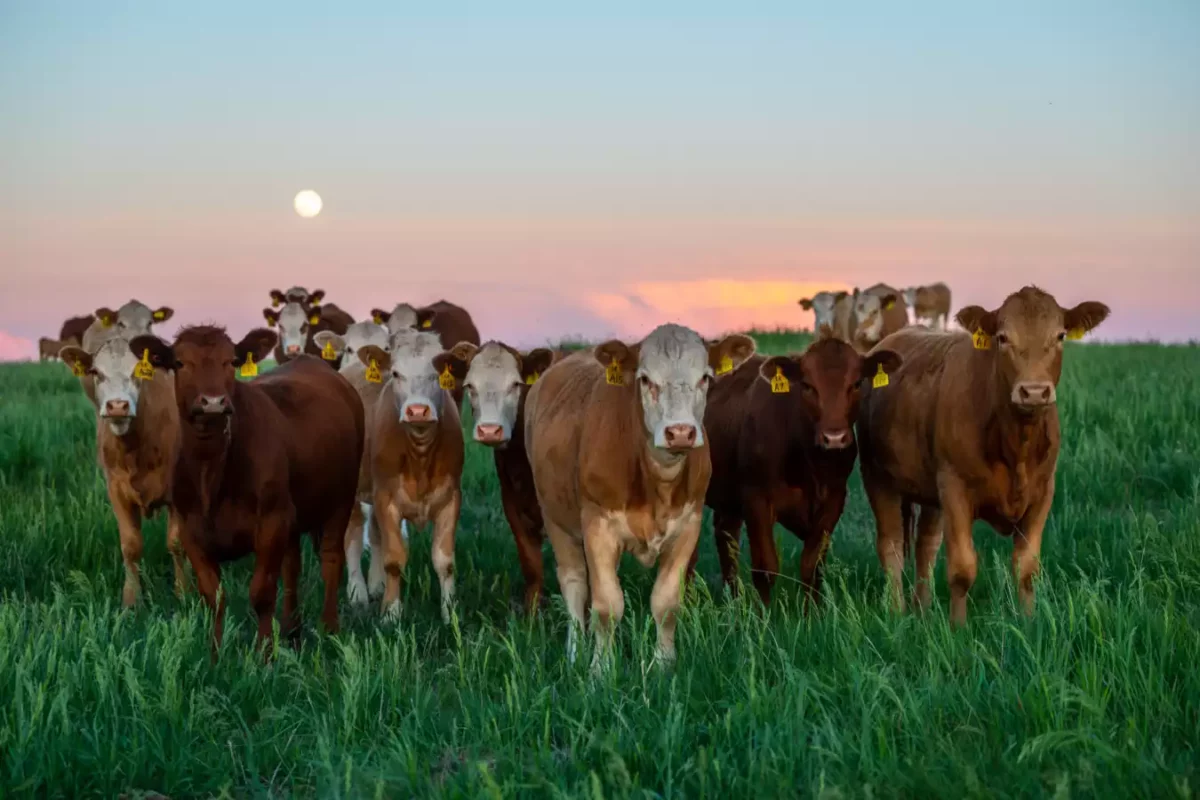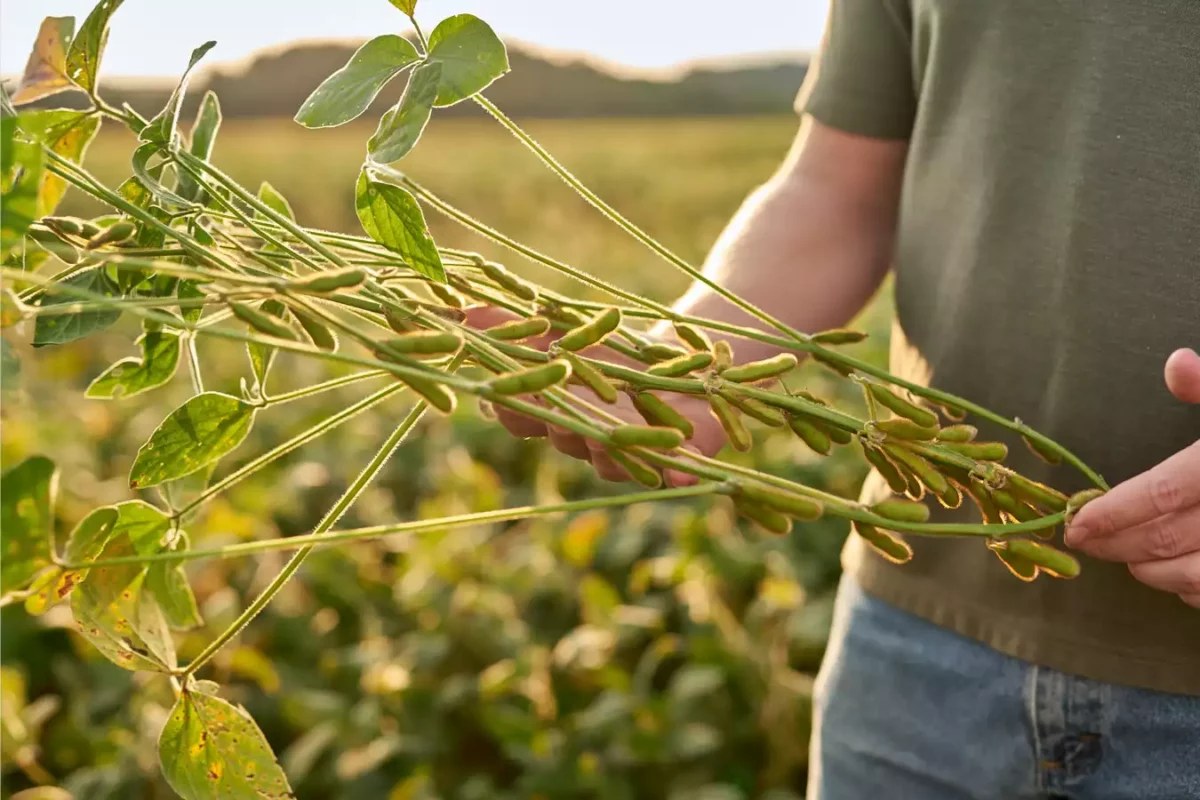Agronomic Interactions
Cover crops work as one element within the whole agronomic system to support crop production. Learn how they generate synergy with system elements like fertility and tillage. These resources will also help you consider how cover crops interact with other factors, like residual herbicides, which may require more attention to detail or subtle adjustments.





